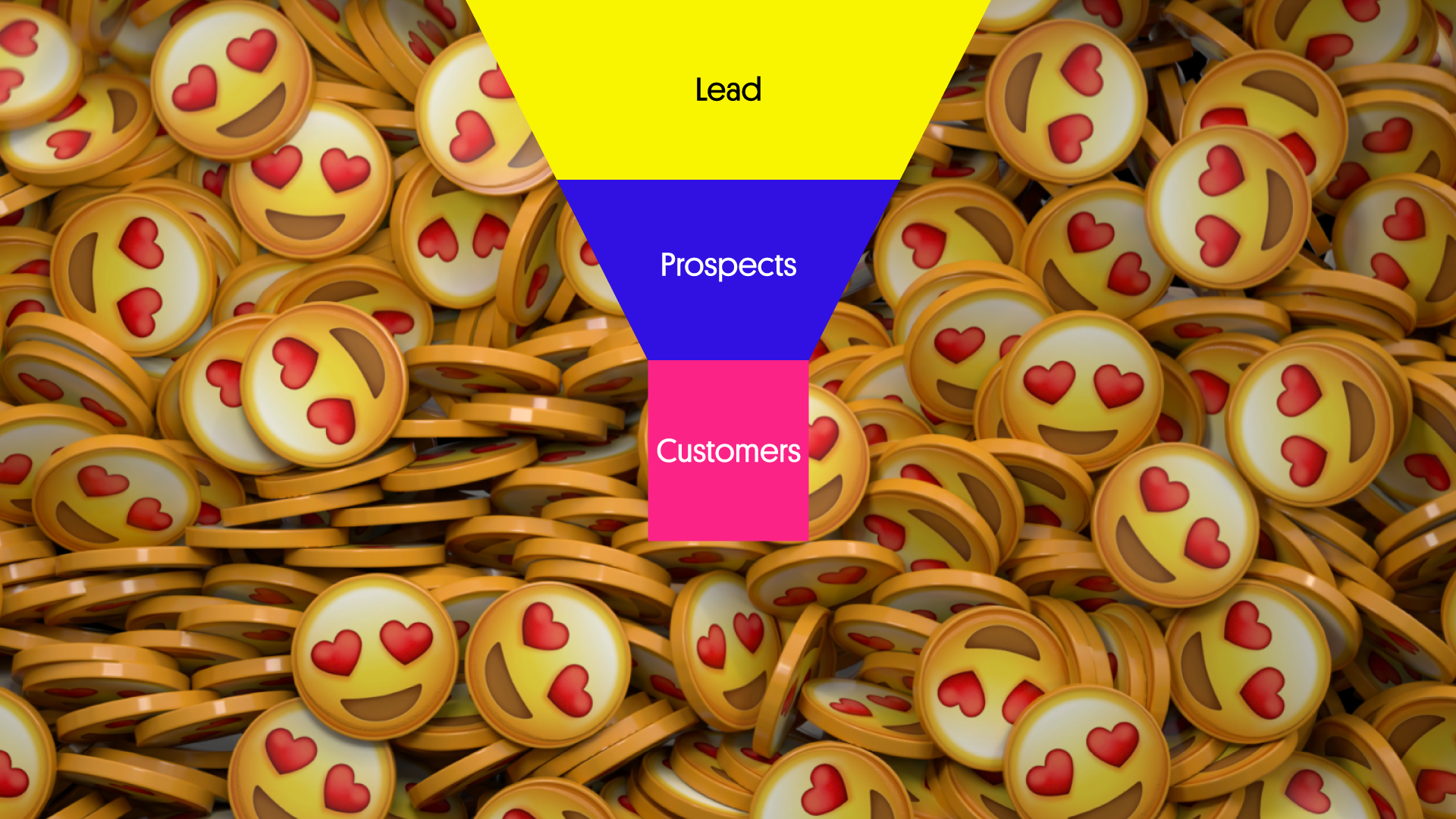What is Crowdfunding?
Gone are the days when the only funding sources for your business ideas were moneylenders, banks, business angels, and venture capitalists. Since 2008, Crowdfunding has revolutionized the world of finance.
The constant rise of the Internet and social media have brought a large number of people together, meaning ‘ a crowd ’. And the process of raising capital by pooling small financial contributions by these several individuals, usually through the internet, is what is popularly known as Crowdfunding.
Crowdfunding bridges the gap between those with surplus funds to the ones in need of funds. It utilizes the massive power of a global network built using social media and crowdfunding websites. Thereby expanding the sources of finance beyond the traditional ones.
In addition to debt and equity-based financing, crowdfunding allows other innovative ways to raise funds as well such as donation-based and reward-based. Let’s take a look at some of them.
Types Of Crowdfunding
1. Equity-based crowdfunding
Equity-based crowdfunding enables people to become part owners of the project sharing both – risks and rewards. Investors receive the promise of stock, shares, or another security issued by the company in exchange for capital. This provides opportunities for people to invest in projects and startups even with a small contribution.
2. Donation-based crowdfunding
Donation-based crowdfunding is exactly what it sounds like. Here, supporters donate money to campaign owners without any intention to receive any returns. Monetary or otherwise.
3. Reward-based crowdfunding
In Reward-based crowdfunding, people donate to unlock a specific reward linked to the project they support. Simply, people pledge money to campaign owners in exchange for a certain benefit or package. For example, if you help fund a new product line and you might later receive that product in return.
4. Peer-to-peer lending
Peer-to-peer lending enables individuals to obtain loans directly from other individuals, eliminating any middlemen such as a bank or other financial institution.
5. Real estate crowdfunding
Real estate crowdfunding brings opportunities to invest in real estate projects. This is beneficial for those interested in investing in real estate but want to avoid the hassles of mortgage brokers, real estate agents, or contractors.
6. Human capital crowdfunding
Human capital crowdfunding helps people raise money to back their personal growth or projects. Investors can fund a project and in return, they receive a share in the winnings. The most popular form can be seen in poker, where players crowdfund money to play and then distribute a share of their winnings to investors.
With so many varieties, Crowdfunding is now crowned as the rising star among the sources of financing. The benefits of crowdfunding extend beyond simply gaining more money. Let’s see what its pros are and why it’s becoming everybody’s favourite.
Pros Of Crowdfunding: Unleashing the power of the crowd!
1. Crowdfunding hedges risk.
No one can deny the fact that starting up a company is a very challenging journey. Finding sufficient funding, meeting necessary expenses, facing challenges in market validation, and then giving away a lion’s share of your venture to get it off the ground is not a very overwhelming process. However, a crowdfunding campaign helps hedge such risks by enabling entrepreneurs to gain market validation without giving up equity before taking their ideas and concept to the masses.
2. Crowdfunding doubles marketing and media exposure
Crowdfunding can act as a great marketing tool to introduce the mission, vision, and purpose of your project in the market and reach numerous marketing channels. Almost all crowdfunding platforms incorporate social media handles and websites of the project listed, making it seamless for thousands of organic visitors, users, and funders to visit and explore your business idea. This often leads to viral marketing since these visitors are the ones that form the market and hold the power of spreading a good or a bad word about your concept among their connections and network.
3. Crowdfunding = Funding + brainstorming
When your project is at the infant stage, crowdsourcing helps gather not just finance but also feedback and comments regarding your project. This helps to discover loopholes and pitfalls that might have been omitted to be addressed. This is extremely valuable, as you can explore unveiled aspects of your project that could potentially inspire some other ideas!
4. Crowdfunding is easier and simplified than traditional sources.
Raising finance during the early stages of the company is one of the most painful processes for any entrepreneur. Well, thanks to crowdfunding, it is now a cakewalk when compared to traditional ways of raising finance. To get started with crowdfunding, you only need to contact the chosen crowdfunding platform that best suits your business idea, share a powerful and impactful message, or make a video, establish some attractive rewards and you’re good to go.
5. Crowdfunding brings along the opportunity of pre-selling.
Opting for a crowdfunding campaign empowers you to pre-sell a product or concept that you haven’t yet taken to market. This is insanely amazing to collect user reactions, analyze the market and finally decide whether the project is good enough to be taken further.
Though crowdfunding is ideal to get funded quickly and bridge financing gaps yet crowdfunding has its pitfalls. Here are a few cons of crowdfunding that you should never avoid or underestimate.
Cons Of Crowdfunding: The flip side of the coin.
1. False Negative
Crowdfunded campaigns may give conclusions based on false-negative results in terms of market validation. You could conclude that the project failed because the product cannot meet the market need when the actual reason for failure was poor marketing. Maybe your business idea is great– all it needs is a better marketing strategy to gain traction.
2. Rigid Campaign
Once a Crowdfunding campaign is launched, it is not possible to make alterations regarding any description, terms, conditions, or time duration of the campaign. If you make any changes after the launch and receipt of a fund, your project is at the risk of becoming null and void and you may have to refund the investors. Thus, launch a crowdfunding campaign, only if you are 100% clear on all aspects of the project.
3. Platform Fees
The most common downside of crowdfunding platforms is that they take a percentage of your overall investment. For instance, Kickstarter takes a 5% cut. These platforms also charge additional fees including a 3-5% payment processing, as well as an additional percentage per pledge. Therefore, make sure to evaluate all fees whether visible or hidden, whether it is feasible as per your project and then choose a crowdfunding platform.
Crowdfunding Platforms/Websites
There are several crowdfunding platforms available and each platform specializes in a particular type of crowdfunding catering to a specific audience. For instance, some of them are aimed at developing products, whereas others are focused on artistic endeavours. There are many who are specifically for nonprofits whereas some are ideally designed for profits. Therefore, go through each of them, do your homework, and then choose the one that aligns best with your goals.
Here are some of the most popular crowdfunding platforms to fund and fuel your startup:
- Kickstarter.
- Indiegogo.
- Patreon.
- GoFundMe.
- Chuffed.
- ArtistShare.
- MightyCause.
- InKind.
- Crowdfunder.
- Give.
- Charitable.
- Lending Club.
- AngelList.
- Ulule.
- Funding Circle.
- Seed&Spark.
- Crowdcube.
- GoGetFunding.
- Fundable.
- Fundrazr.
Successful Crowdfunding Campaigns
From being able to raise millions of dollars for their product launch to jumping quickly in the growth phase, crowdfunding has raised billions to give birth and nurture ventures of all stages.
One of the most popular crowdfunding campaigns to date is The Space combat video game, Star Citizen with over 755,000 backers, crossing a $65,300,000 mark and setting a Guinness World Record. It is being made by Chris Roberts the designer of several award-winning game, Wing Commander.
Apart from this, there are a few products and platforms you would have never imagined were crowdfunded.
For instance, Oculus Rift, a virtual reality head-mounted display, raised $2.4 million by Sept 1, 2012. Oculus Rift was sold to Facebook for $2 billion in March 2014.
Further, Ethereum the talk of the technology town was also crowdfunded. Can you believe this? It raised $18.4 million and ended in September 2014. For those who don’t know, Ethereum is a decentralized, open-source blockchain with smart contract functionality and has momentum in recent years.
The smartwatch project Pebble raised $ 10.3 million in total. The Pebble watch raised $10.26 million by May 2012l is considered one of the best smartwatches for most people and has sold over 1 million smartwatches.
Isn’t that amazing?
Web3.0 and Crowdfunding through Blockchain – Boolien Project
With the evolution of the internet from Web 2.0 to Web3.0, the power of social media and networks will skyrocket.
To give you a perspective, Boolien is already envisioning a whole new style of crowdfunding —blockchain-based Crowd. With Transparency, Trust, and Milestone as foundation stones, it aims to nurture a new dimension of crowdfunding that has never been touched before. A dimension that will help creative minds all across the globe to keep creating without worrying over the hassles of funding.
Final Thoughts
In a nutshell, with the industry still evolving and becoming more efficient, there is no better time than now to enjoy the advantages of crowdfunding. If performed carefully paired with creativity, your crowdfunding campaign may be able to raise more than you can even imagine.
However, don’t forget to take into consideration all positives and negatives to prevent your business from reaching a stage where it cries, “Crowd Crowd everywhere, not a dollar to invest.”
Writing Credit – Pranjali






